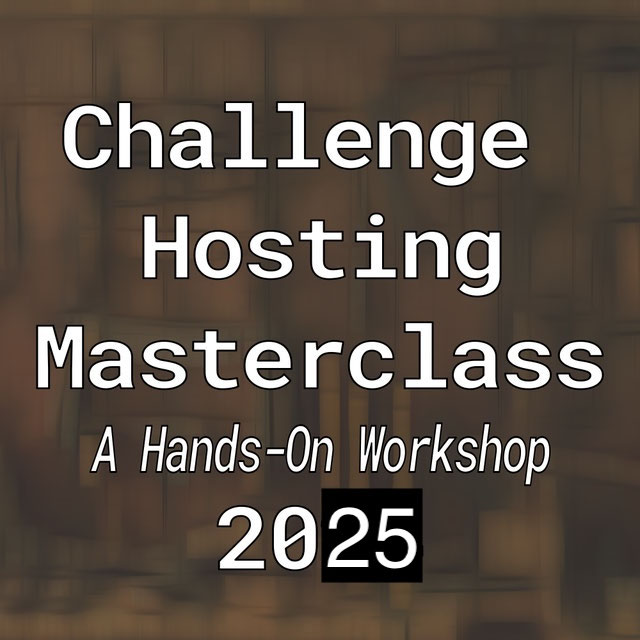재환 한
jh.han
- South Korea
- KyungPook Univ.
- Biomedical Engineering
- Website
Statistics
- Member for 3 years, 2 months
- 49 challenge submissions
- 101 algorithms run
Activity Overview
3D Teeth Scan Segmentation and Labeling Challenge MICCAI2022
Challenge UserComputer-aided design (CAD) tools have become increasingly popular in modern dentistry for highly accurate treatment planning. In particular, in orthodontic CAD systems, advanced intraoral scanners (IOSs) are now widely used as they provide precise digital surface models of the dentition. Such models can dramatically help dentists simulate teeth extraction, move, deletion, and rearrangement and therefore ease the prediction of treatment outcomes. Although IOSs are becoming widespread in clinical dental practice, there are only few contributions on teeth segmentation/labeling available in the literature and no publicly available database. A fundamental issue that appears with IOS data is the ability to reliably segment and identify teeth in scanned observations. Teeth segmentation and labelling is difficult as a result of the inherent similarities between teeth shapes as well as their ambiguous positions on jaws.
ToothFairy: Cone-Beam Computed Tomography Segmentation Challenge
Challenge UserThis is the first edition of the ToothFairy challenge organized by the University of Modena and Reggio Emilia with the collaboration of Raudboud University. This challenge aims at pushing the development of deep learning frameworks to segment the Inferior Alveolar Canal (IAC) by incrementally extending the amount of publicly available 3D-annotated Cone Beam Computed Tomography (CBCT) scans. CBCT modality is becoming increasingly important for treatment planning and diagnosis in implant dentistry and maxillofacial surgery. The three-dimensional information acquired with CBCT can be crucial to plan a vast number of surgical interventions with the aim of preserving noble anatomical structures such as the Inferior Alveolar Canal (IAC), which contains the homonymous nerve (Inferior Alveolar Nerve, IAN). Deep learning models can support medical personnel in surgical planning procedures by providing a voxel-level segmentation of the IAN automatically extracted from CBCT scans.
ToothFairy2: Multi-Structure Segmentation in CBCT Volumes
Challenge UserThis is the second edition of the ToothFairy challenge organized by the University of Modena and Reggio Emilia with the collaboration of Radboud University Medical Center. The challenge is hosted by grand-challenge and is part of MICCAI2024.
HEad and neCK TumOR Lesion Segmentation, Diagnosis and Prognosis
Challenge UserHECKTOR 2025 is the next iteration of a medical imaging challenge focused on improving automated analysis of head and neck cancer using multimodal PET/CT data. The challenge features three complementary tasks that span the clinical workflow: automatic detection and segmentation of primary tumors and lymph nodes, prediction of recurrence-free survival using imaging and clinical data, and diagnosis of HPV status, which is crucial for treatment decisions. The 2025 edition significantly expands on previous challenges with a larger dataset exceeding, refined evaluation metrics that better assess both detection and segmentation capabilities, and the addition of radiotherapy planning dose maps as an information channel. This challenge aims to advance the development of clinical tools that can aid in treatment planning, outcome prediction, and diagnosis in head and neck cancer patients, ultimately supporting more personalized patient management approaches.
ToothFairy3: Multi-Class Segmentation in CBCT Volumes
Challenge UserToothFairy3, part of the ODIN2025 challenge cluster at MICCAI2025, advances CBCT segmentation with an expanded 77-class dataset and a new emphasis on computational efficiency. It introduces two tasks: a runtime-aware multi-structure segmentation and a novel interactive track for Inferior Alveolar Canal (IAC) segmentation using minimal user input. The challenge supports the development of both automated and prompt-based interactive AI tools to enhance clinical workflows in dentistry and maxillofacial surgery.

















